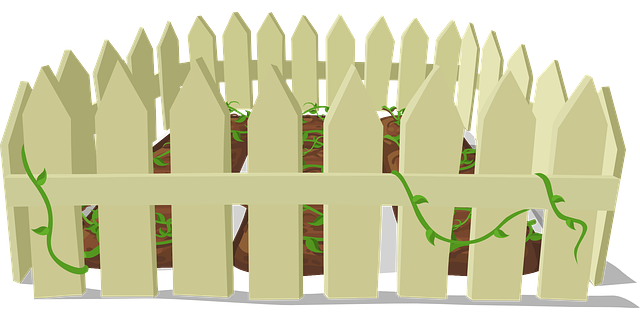Large properties present unique fencing challenges, demanding robust solutions that balance aesthetics with affordability. This article guides you through the process of selecting cost-effective fencing options tailored to extensive landscapes. We explore traditional materials and their escalating costs, highlighting innovative alternatives that offer significant savings without compromising quality. Additionally, we delve into durable materials, installation best practices, and strategic planning tips to ensure your fencing investment stands the test of time while optimizing your budget.
- Understanding Fencing Needs for Large Properties
- Traditional Fencing Options and Their Costs
- Innovative Cost-Effective Solutions
- Durable Materials for Longevity and Savings
- Installation Tips for Optimal Budget Management
Understanding Fencing Needs for Large Properties
Fencing large properties presents unique challenges compared to smaller plots. The primary consideration is not just aesthetic appeal but also functionality, security, and cost-effectiveness tailored to the expansive scale. Property owners must assess various factors, such as boundary demarcation, privacy, safety, and environmental impact, when choosing a fencing solution.
The size of the property demands materials and designs that can withstand wear and tear while remaining affordable. Durable yet cost-friendly options like vinyl, wood, or even chain link fences are popular choices. Additionally, the fence should complement the surrounding landscape and architectural style without overextending the property’s financial resources.
Traditional Fencing Options and Their Costs
Traditional fencing options often come with significant costs, especially for large properties. Standard wooden fences, for instance, require regular maintenance and replacement, adding up over time. These fences can be susceptible to rot, pests, and extreme weather conditions, leading to frequent repairs or complete replacements. Similarly, chain link fences, while more durable, are typically expensive to install due to the labor-intensive nature of the process.
Concrete fences offer a longer-lasting alternative but can be equally costly, if not more so, because of the extensive digging and pouring required for installation. Vinyl fencing is another popular choice, known for its low maintenance and affordability in terms of upfront costs. However, long-term expenses should still account for potential repairs or color fading over time.
Innovative Cost-Effective Solutions
In today’s economic climate, cost-effectiveness is paramount for property owners looking to enhance their spaces. For large properties, traditional fencing options can be prohibitively expensive. However, innovative solutions are transforming the landscape of outdoor boundaries. One such game-changer is modular fencing systems. These customizable, do-it-yourself kits offer unparalleled flexibility and affordability, allowing homeowners to design unique layouts that cater to their specific needs without breaking the bank.
Another promising approach leverages sustainable materials like recycled plastic and wood fibers. These eco-friendly options not only reduce environmental impact but also provide long-lasting durability. Moreover, advanced technologies such as 3D printing are being explored for creating intricate fence designs at a fraction of traditional costs. Such innovations promise to democratize access to attractive, secure fencing solutions for large properties, enhancing aesthetics and privacy without compromising financial feasibility.
Durable Materials for Longevity and Savings
When considering fencing solutions for large properties, choosing durable materials is key to both longevity and cost-effectiveness. Opting for high-quality, long-lasting materials like steel or vinyl can significantly reduce maintenance requirements and prevent premature replacements. Steel, known for its strength and resilience, offers excellent security and can withstand harsh weather conditions, making it a reliable choice for expansive fences. Similarly, vinyl fencing is an attractive option due to its low maintenance nature; it’s resistant to rot, rust, and fading, ensuring your fence retains its beauty over time.
Investments in these durable materials pay off in the long run by eliminating frequent repairs or replacements, thereby saving you money. Moreover, their durability contributes to a more sustainable solution, as they are designed to stand the test of time, reducing the environmental impact associated with constant replacement.
Installation Tips for Optimal Budget Management
When installing fencing on large properties, strategic planning and cost-conscious methods can significantly impact budget management. One key tip is to prioritize materials over labor wherever possible. Opting for affordable yet durable materials like vinyl or wood, suitable for your climate, can reduce expenses. Additionally, consider lengthwise purchasing; buying rolls or longer sections of fence can cut down on cutting and waste, thus saving money in the long run.
For optimal installation, mark out your property boundary accurately to avoid unnecessary material wastage. Plan your fence layout logically, incorporating natural features like trees or existing walls, which can simplify installation and reduce labor costs. Do-it-yourself (DIY) methods are also a cost-effective option for sections of the fence that don’t require complex designs. Always compare quotes from different contractors to ensure you’re getting competitive prices and consider seeking out local resources or community programs offering financial assistance for property improvements.
